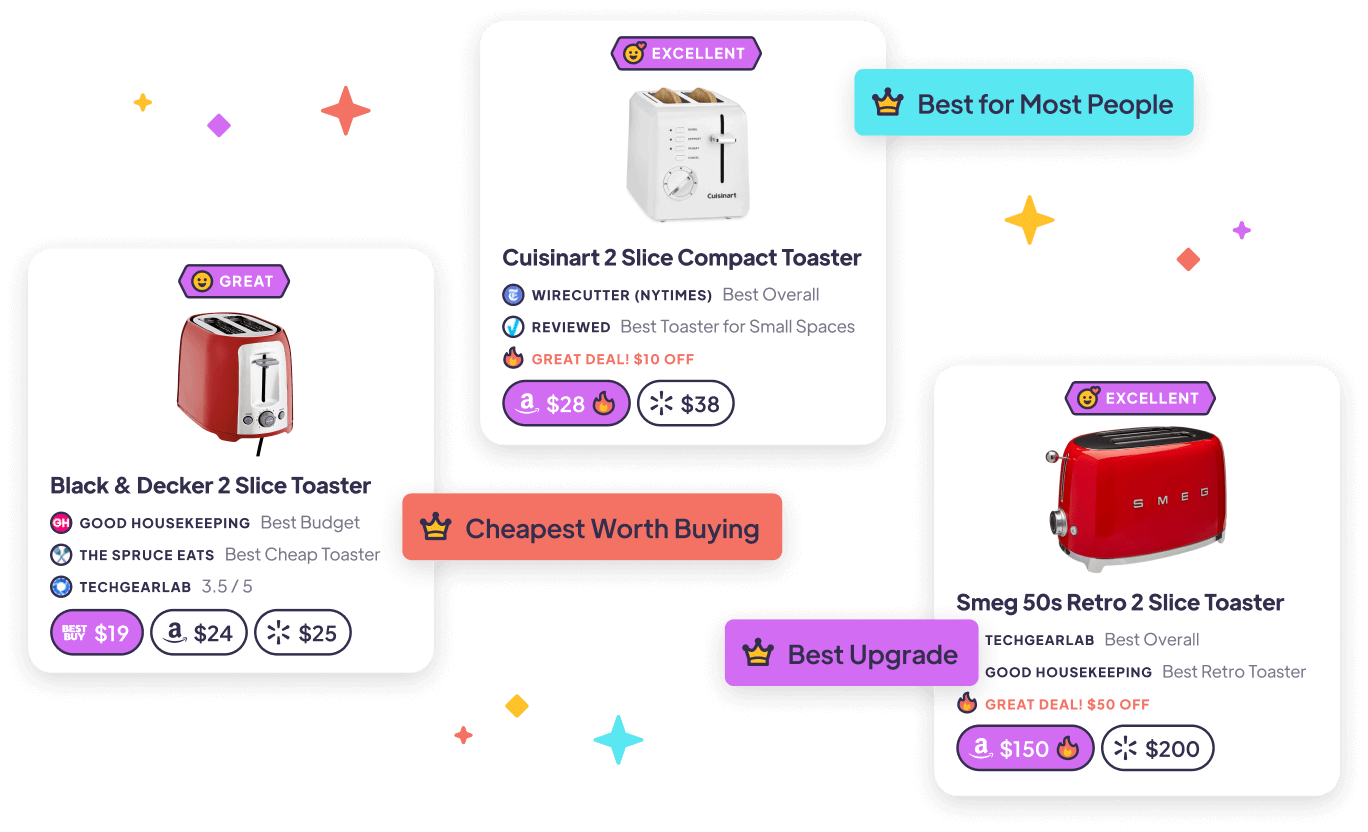Why does this question matter? Headphones, earphones, and earbuds are used for hours per day by a growing number of people. The applications are extensive, but many of them include: passive listening, watching videos, playing games, making music, exercising, or canceling noise. Because these devices are used so frequently in so many settings, it is important to choose the pair that best fits the purpose. Depending on the intended use, the attributes that determine a “good” pair is notoriously diverse.
Important criteria
Inline Controls:
● Inline controls are typically a set of three buttons located on the wire. Inline controls can be used for adjusting volume, changing songs, fast forward, rewind, or for answering calls.
Inline Mic:
● An inline mic is a small microphone on the line running from the device to the drivers, and it replaces the mic located the device. It can be used for hands free talking.
Frequency Response:
● The frequency response indicates how large the
sound range is that can be played back by the drivers. While having a wider frequency response is a good thing, it doesn’t always guarantee better sound quality. The human ear is capable of hearing frequencies from 20Hz to 20kHz, so it is best to choose a device that covers that spectrum.
Sensitivity:
●Sensitivity is usually expressed as decibel playback per milliwatt of input. More simply, sensitivity is the level of responsiveness that the drivers have to input. Drivers with low sensitivity will distort sounds at low levels of input.
Impedance:
●Drivers with low impedance require less power to provide higher audio levels. Drivers with high impedance require more power to deliver high power levels. At high volumes, drivers with low impedance are more likely to blow out.
Max Power:
●The max power is the upper limit to how much power can be put through the device without a blowout.
Warranty:
● Headphones, earphones, and earbuds tend to break quickly. The warranty can be used as a tool to gauge how long the product is expected to last.
Noise Canceling - Passive and Active:
●Noise canceling means that the unit blocks outside noises from being heard. Passive noise canceling is done by using pads to eliminate noise. Active noise canceling uses microphones to identify environmental sounds, and then plays them back at an inverted phase in order to completely cancel the sounds out before they reach the listener.
Driver Size:
●The driver is the part of the device that actually makes the noise. Small drivers provide more control, so they are better for higher frequencies. Small drivers are able to push more air, so they are better for low frequencies. The only thing that determines which size driver is best is the user’s listening preferences.
FAQ
What is the difference between earbuds, earphones, and headphones?
● Earphones are small circular speakers that sit just outside the canal. Sometimes they have a foam cover.
● Earbuds are a modified version of earphones that have soft silicon tips in order to have a snug fit in the ear canal.
● Headphones are the same as earphones, except that they are joined by a band over the head.
What is the difference between open and closed headphones?
Open headphones allow more sound to travel in and out of the cups. Open headphones also tend to provide a more comfortable fit. Closed headphones are a sealed cup around the ears. They offer more sound isolation, but a less comfortable fit.
| Best headphones around $50 | Price | Type | Microphone |
|---|---|---|---|
| $42 | On/Over-Ears | - | |
| $34.95 | On/Over-Ears | - | |
| $32.19 | On/Over-Ears | - | |
| $43 | On/Over-Ears | - | |
| $39.79 | On/Over-Ears | - |



